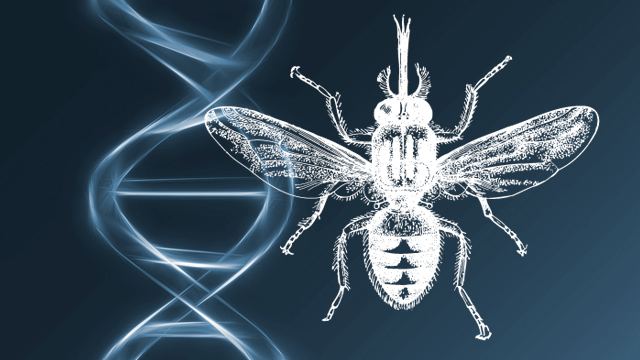SUMMARY
This is AI generated summarization, which may have errors. For context, always refer to the full article.

VIENNA, Austria – Scientists said Thursday, April 24, they have cracked the genetic code of the tsetse fly, potentially helping to tackle one of sub-Saharan Africa’s most devastating livestock diseases as well as human sleeping sickness.
“Decoding the tsetse fly’s DNA is a major scientific breakthrough,” said Kostas Bourtzis from a joint body of the UN Food and Agriculture Organization and the International Atomic Energy Agency which sequenced the genome in a 10-year international effort.
He said it “opens the way for more effective control of trypanosomiasis, which is good news for millions of herders and farmers in sub-Saharan Africa.”
Found only in Africa, bloodsucking tsetse flies are vectors for the parasites that cause trypanosomiasis, or nagana, an often-lethal disease that affects some 3 million animals each year.
It leads to a debilitating chronic condition that reduces fertility, weight gain and milk production, and makes livestock too weak for ploughing or transport, which in turn makes it harder for farmers to grow crops.
Humans bitten by carrier flies can develop African sleeping sickness, which can be fatal without treatment.
No vaccine exists for livestock or humans because the parasite is able to evade mammals’ immune systems, so control methods primarily involve trapping, pesticides and sterilizing male flies using radiation.
The sequencing of the genome will allow scientists to better study the fly’s genes and their functions, knowledge that should open the door for researching ways to control the insect, Bourtzis said in a statement.
“Detection and treatment of trypanosomiasis is currently expensive, difficult and dangerous for the livestock as it often involves toxic drugs,” he said.
“But this new knowledge will accelerate research on tsetse control methods and help scientists develop new and complementary strategies to reduce the use of costly drugs and insecticides.”
The FAO and IAEA’s Division of Nuclear Techniques in Food and Agriculture is currently helping 14 African countries to control tsetse populations using sterilization and other methods, with the fly already eradicated on the island of Zanzibar and progress being made in Ethiopia and Senegal.
A first set of findings on the tsetse fly genome was due to be published in the journal Science on Friday. – Rappler.com
Tsetse fly and DNA images from Shutterstock
Add a comment
How does this make you feel?
There are no comments yet. Add your comment to start the conversation.